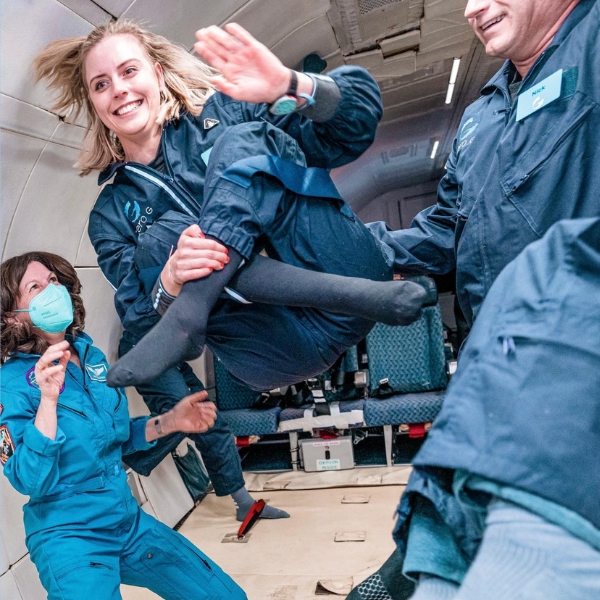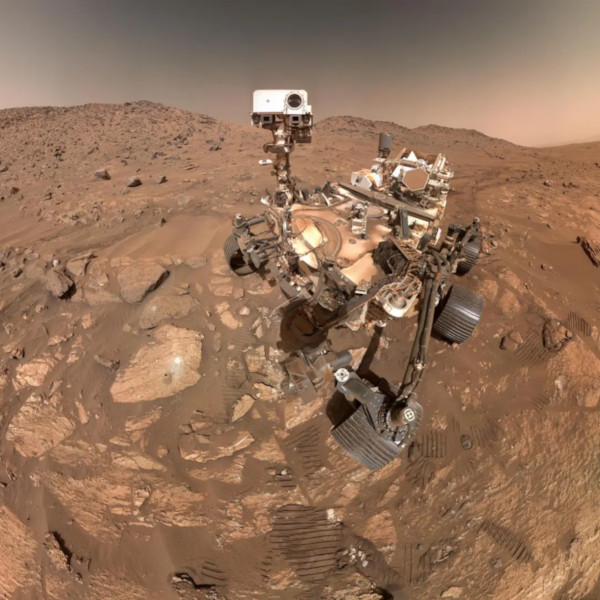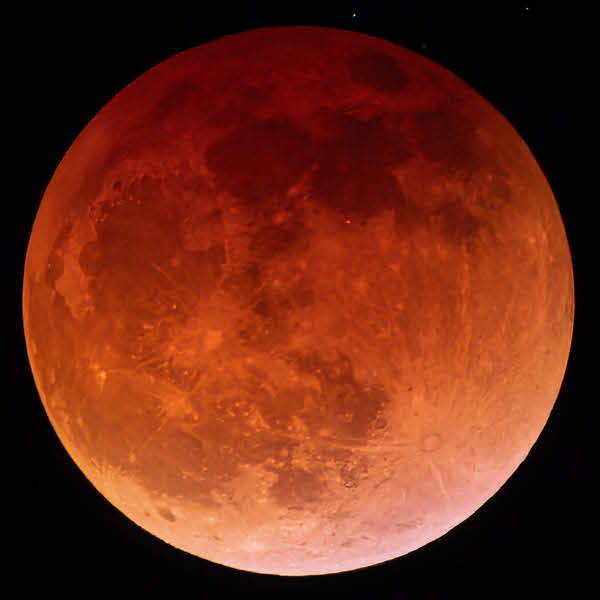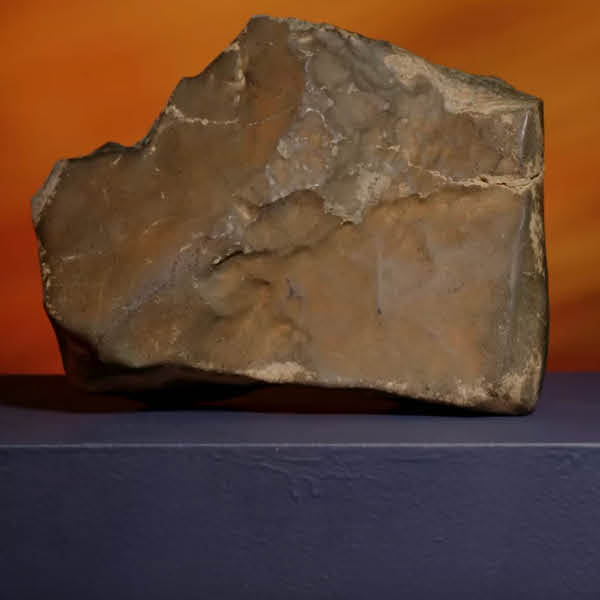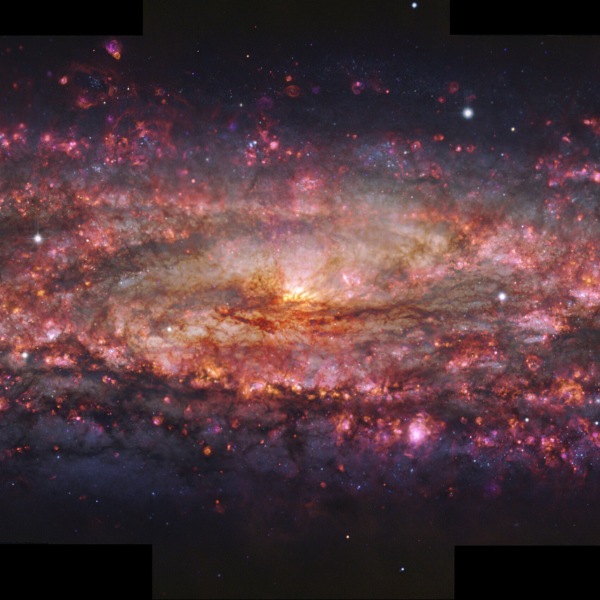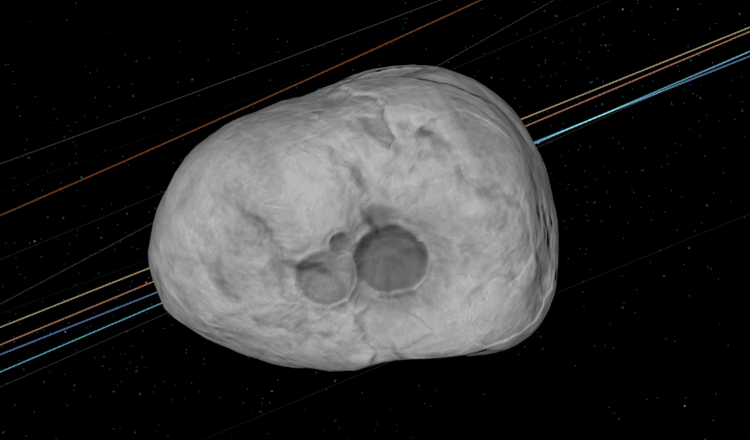
Photo: Screenshot from NASA/Eyes on Asteroids
Sixty-six million years ago, an enormous asteroid crashed into Earth. The collision not only decimated the dinosaurs but also created a giant crater under the Yucatán Peninsula. So it's no surprise that NASA keeps a close eye on potential threats from asteroids. And the government agency has just released news that a newly discovered asteroid could collide with Earth on Valentine's Day 2046.
Estimated to be the size of an Olympic swimming pool, 2023 DW has a “small chance” of making contact with our planet according to NASA's Planetary Space Agency. While 2023 DW is currently over 11 million miles from Earth, NASA’s Jet Propulsion Laboratory’s Sentry system gives it a 1 in 560 chance of hitting Earth.
Davide Farnocchia, a navigation engineer at the Jet Propulsion Laboratory in Pasadena, California, told CNN that the asteroid is not particularly concerning, but the space agency is still gathering information about its orbit. The NASA Asteroid Watch Twitter account wrote that after discovering a new asteroid, “it takes several weeks of data to reduce the uncertainties and adequately predict their orbits years into the future.”
If further analysis reveals that 2023 DW is more of a threat than originally thought, NASA will be ready. In September 2022, the Double Asteroid Redirection Test (Dart) went on its first mission and successfully knocked a stadium-sized asteroid out of Earth's way.
This makes NASA optimistic that it can successfully defend our planet in case 2023 DW—or another asteroid—becomes a real threat to Earth's safety.
NASA has just discovered a large asteroid that could potentially collide with Earth on Valentine's Day 2046.
We've been tracking a new asteroid named 2023 DW that has a very small chance of impacting Earth in 2046. Often when new objects are first discovered, it takes several weeks of data to reduce the uncertainties and adequately predict their orbits years into the future. (1/2) pic.twitter.com/SaLC0AUSdP
— NASA Asteroid Watch (@AsteroidWatch) March 7, 2023
Luckily, if it becomes a threat, NASA has developed a successful way to defend our planet.
New science results confirm our #DARTMission‘s asteroid deflection technology can be an effective way to change the orbit of an asteroid, should there ever be a threat. The DART spacecraft intentionally slammed into asteroid Dimorphos in Sept. 2022: https://t.co/PdpCDG2zRn pic.twitter.com/79EPIXCaSW
— NASA (@NASA) March 1, 2023
h/t: [CNN]
Related Articles:
Western Cuba Got Showered by Meteorites in Broad Daylight
2023 BU Asteroid Comes Closer to Earth Than Many Satellites
Green Comet Makes an Appearance for the First Time in 50,000 Years
NASA Successfully Landed a Spacecraft on an Asteroid for the First Time in History











































































